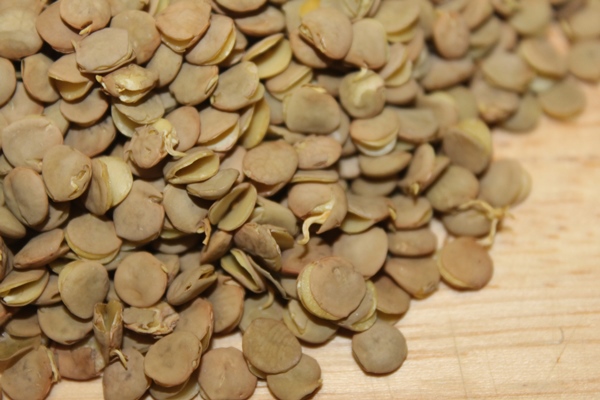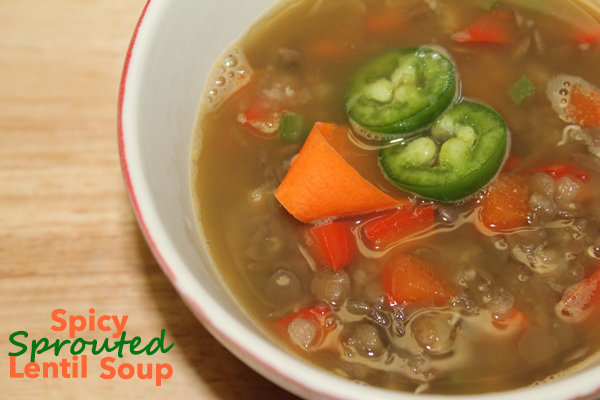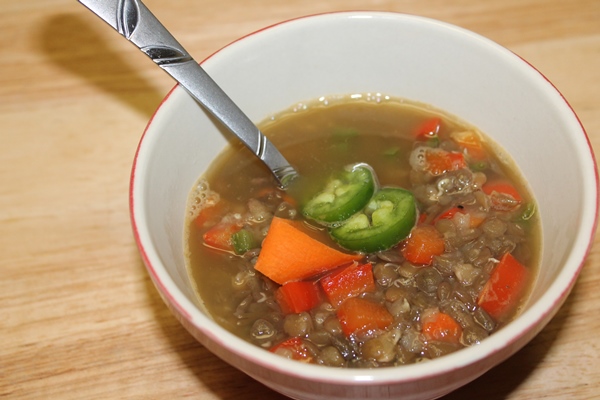With the New Year also comes new beginnings and feelings of a clean slate. With that fresh start, many of us have high hopes of cleaning up our diets and eating more nutritious foods.
You’ve probably heard all about the importance of replacing processed carbs with intact, whole grains and limiting your intake of added sugars. So why not take it one step further this year with sprouted grains!
Sprouted Grains
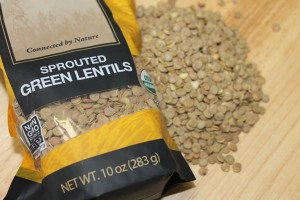 Sprouted grains are quickly gaining ground in the food industry. They used to be hidden away in a back corner of health-food stores, but now we’re seeing sprouted grain products in the main aisles of many grocery stores. But why the sudden popularity? What’s so special about them?
Sprouted grains are quickly gaining ground in the food industry. They used to be hidden away in a back corner of health-food stores, but now we’re seeing sprouted grain products in the main aisles of many grocery stores. But why the sudden popularity? What’s so special about them?
Sprouted grains are seeds that germinate and begin to grow or ‘sprout’-but JUST barely. They offer the same or better nutritional benefits compared to regular whole grains. Sprouting grains changes the original chemistry of the grain resulting in:
- higher concentrations of protein because carbohydrates within the grains are used for energy during the sprouting process- a plus for glucose control and satiety!
- easier digestion
- greater nutrient accessibility thanks to the enzymes that are activated to grow the new sprouts
- increased vitamin C, folate, soluble fiber, and antioxidants
- decreased gluten and insoluble fiber.
While sprouting helps create nutritional powerhouses, its effects differ for every grain. For example, sprouting has been shown to increase folate in wheat pita bread by 4x while increasing the bioaccessibility of iron in sprouted millet by more than 300%! Sprouting increases folate in wheat pita bread by 4x! Give Sprouted Grains a try today! #saslife Click To Tweet
Sprouting Process
Any intact whole grain can be sprouted (barley, amaranth, quinoa, rice, lentils, etc). Grains that have been processed- hulled, husked, pearled, or rolled- will not sprout.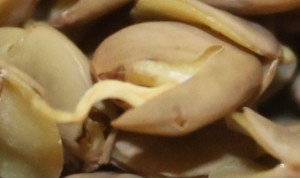
The sprouting process involves soaking, rinsing and draining grains. After sprouting, food manufacturers generally use either a wet or dry approach to create sprouted grain products.
The Wet Approach is when wet, sprouted grains are mashed into a thick puree which is then used to make bread, tortillas, pasta, etc.
The Dry Approach is when grains are sprouted and then dried. These grains can be stored until cooked as a side dish or in a soup or they can be milled into sprouted grain flour to then be used in a variety of recipes.
Although you can sprout your own grains at home, it’s probably best to leave it up to the professionals. Conditions have to be exactly right or the grain can break down and rot or if left too long, it can turn into a cereal grass stalk which is very hard to digest.
The growing conditions for sprouting are also an ideal breeding ground for bacteria- food poisoning you say? No thank you!
Health Benefits of Sprouted Grains
Research on sprouted grains is promising. A wide range of potential health benefits are being documented for different grains such as:
- Sprouted brown rice may control blood sugar and reduce risk of heart disease.
- Sprouted buckwheat may protect against fatty liver disease and lower blood pressure.
Enjoying Sprouted Grains
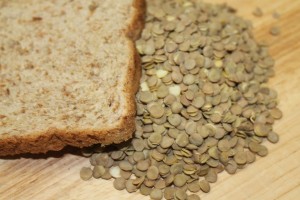 Sprouted grains add a unique flavor and texture to meals. Since some of the starches are broken down during the sprouting process, they often taste slightly sweeter than their whole grain counterparts.
Sprouted grains add a unique flavor and texture to meals. Since some of the starches are broken down during the sprouting process, they often taste slightly sweeter than their whole grain counterparts.
They can be incorporated into most any recipe- wherever you would use a grain, simply replace it with a sprouted version. If you’re planning to make shrimp stir-fry, swap out brown rice for a sprouted brown rice instead. Or simply mash avocado on a piece of sprouted grain bread for breakfast (I particularly like Trader Joe’s Sprouted 7-Grain Bread but there are several brands with great options-if you don’t see it on the shelf, check the freezer section).
Check out the recipe below for one idea of how to incorporate sprouted grains into your dinner tonight!
Sources:
Whole Grains Council
Food & Nutrition Magazine, Sept-Oct 2015
Spicy Sprouted Lentil Soup
Recipe Adapted from: thecoconutmama.com
Makes 6 Servings
Ingredients
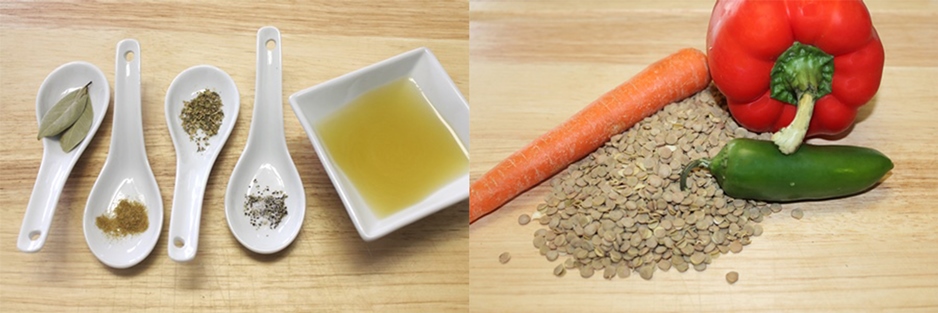
2 cups sprouted lentils, dry
6 cups vegetable or chicken broth
2 bay leaves
½ tsp cumin
½ tsp oregano
¼ tsp each salt and pepper, or to taste
1 jalapeno pepper, chopped (add more or less according to your spicy preference)
1 small red bell pepper, diced
1 medium carrot, diced
1-2 cups water
Directions
- Bring broth to a boil. Add lentils and seasonings and simmer until tender, about 10 minutes.
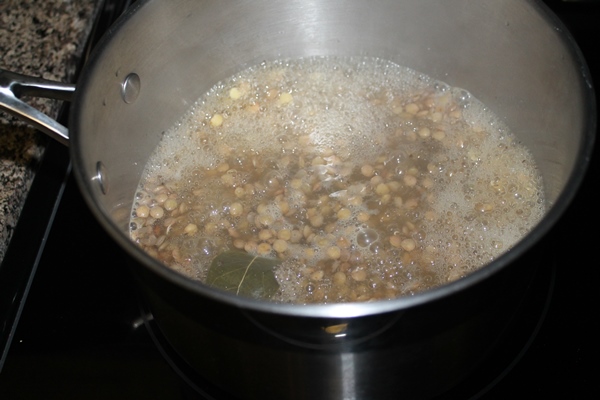
- Remove 1 cup of cooked lentils and puree in a food processor. You can also use an immersion blender to puree half of the mixture directly in the pot.
- Add lentil puree back to soup.
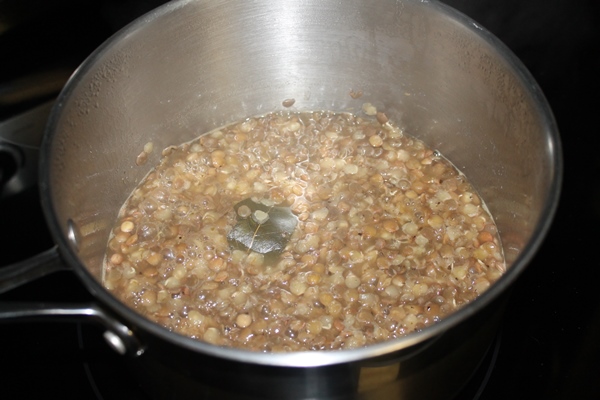
- Stir in diced jalapeno, carrot, and bell pepper. Add water to thin until desired soup consistency is achieved (1-2 cups).
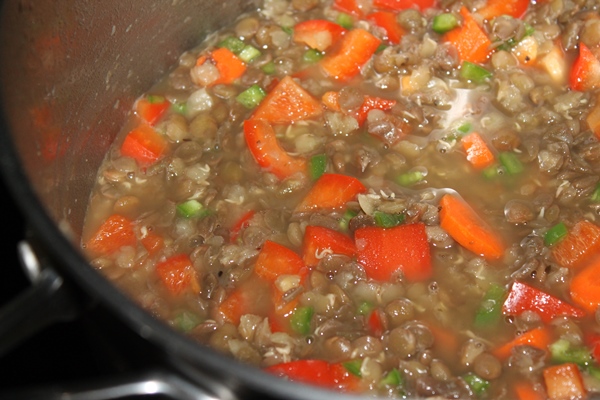
- Continue to cook until vegetables are tender, about 20 minutes.
- Remove and discard bay leaves before serving.
Notes: This soup is delicious served alone but is also great topped with shredded cheese, chopped onions, salsa, avocado and/or fresh lime juice.
Nutrition Information per Serving: Calories- 220, Total Fat- 2gm, Saturated Fat- 0gm, Chol- 0mg, Carbs- 38gm, Protein-15gm, Sodium- 330mg
Click here for a printer-friendly version of this recipe.
Click here for a printer-friendly version of this blog post.
